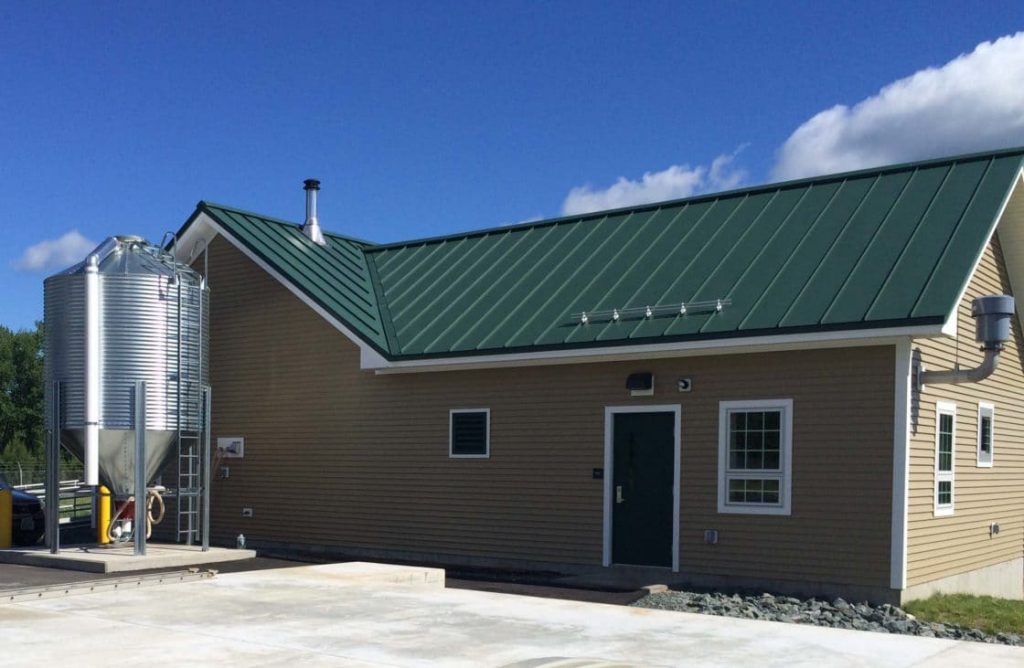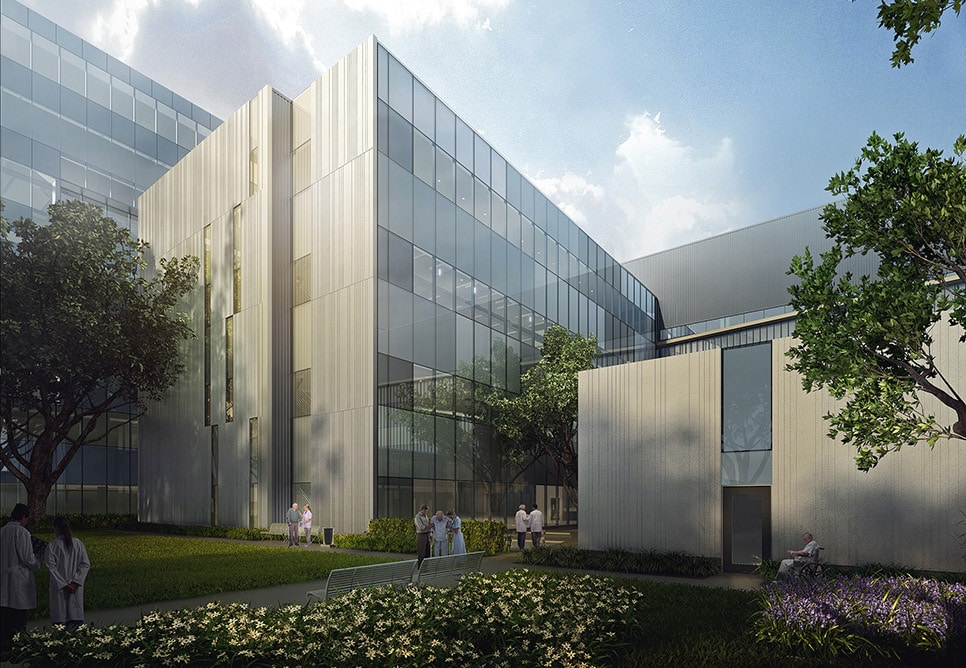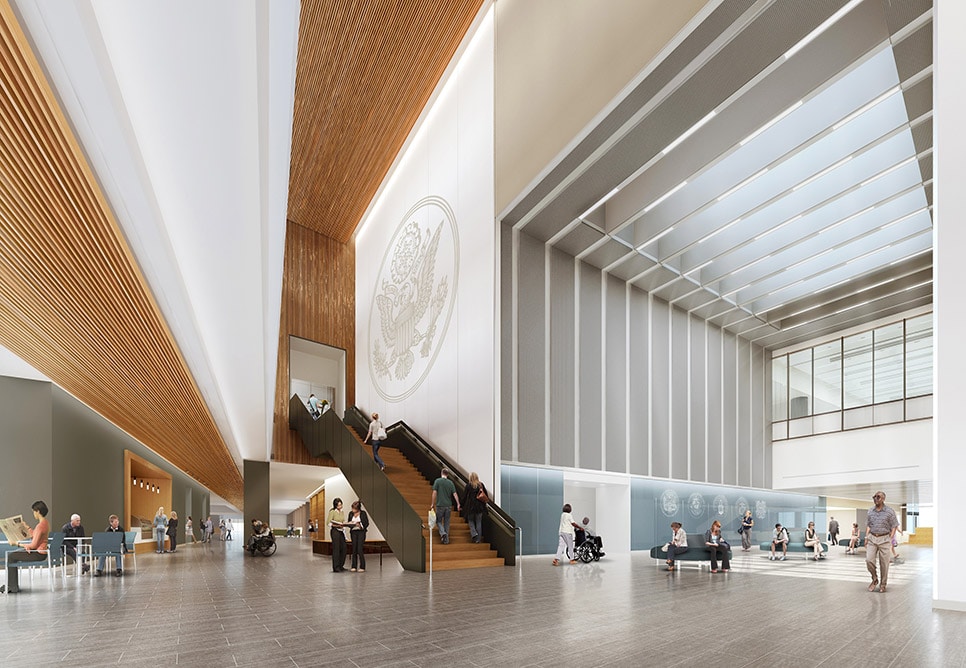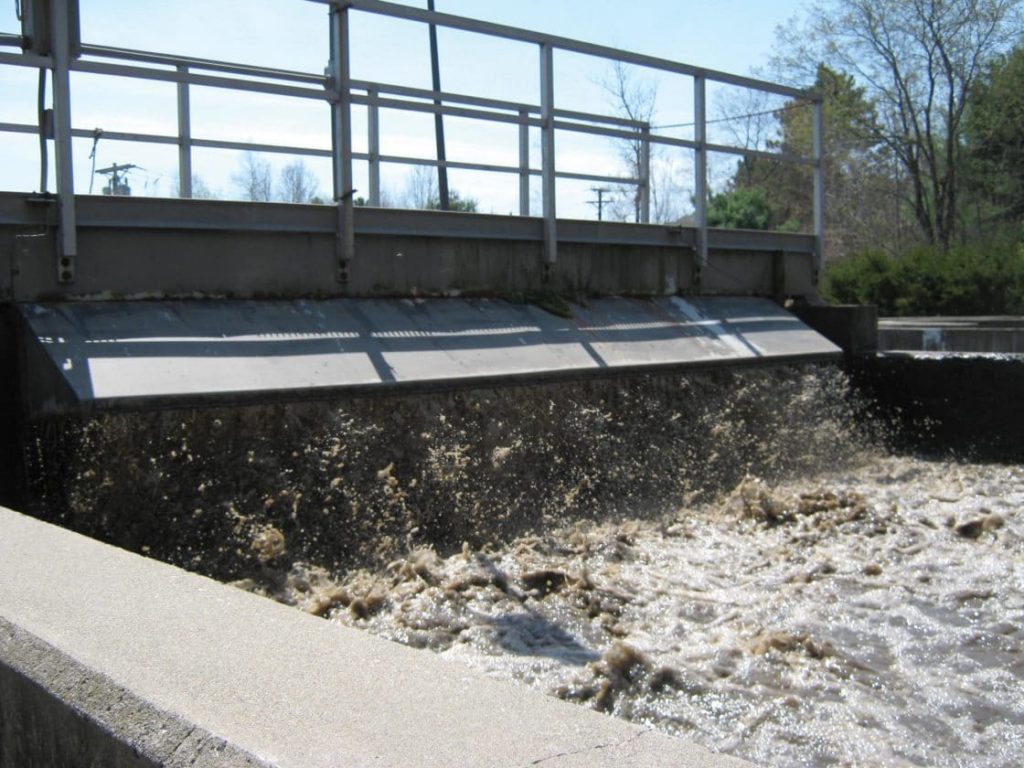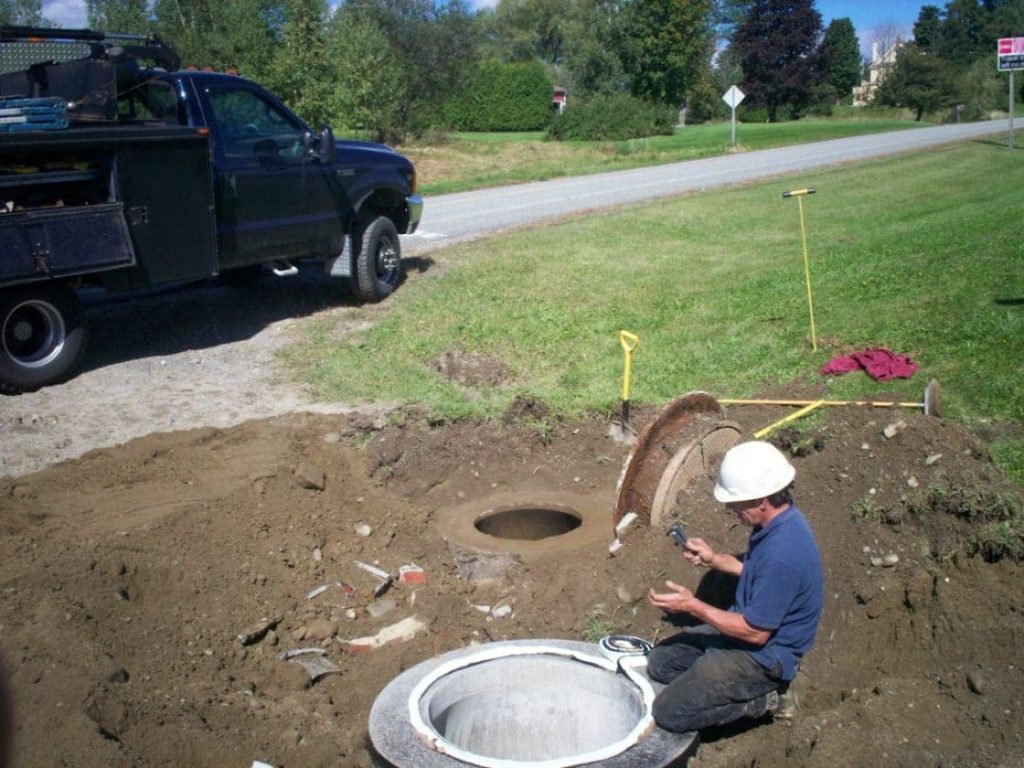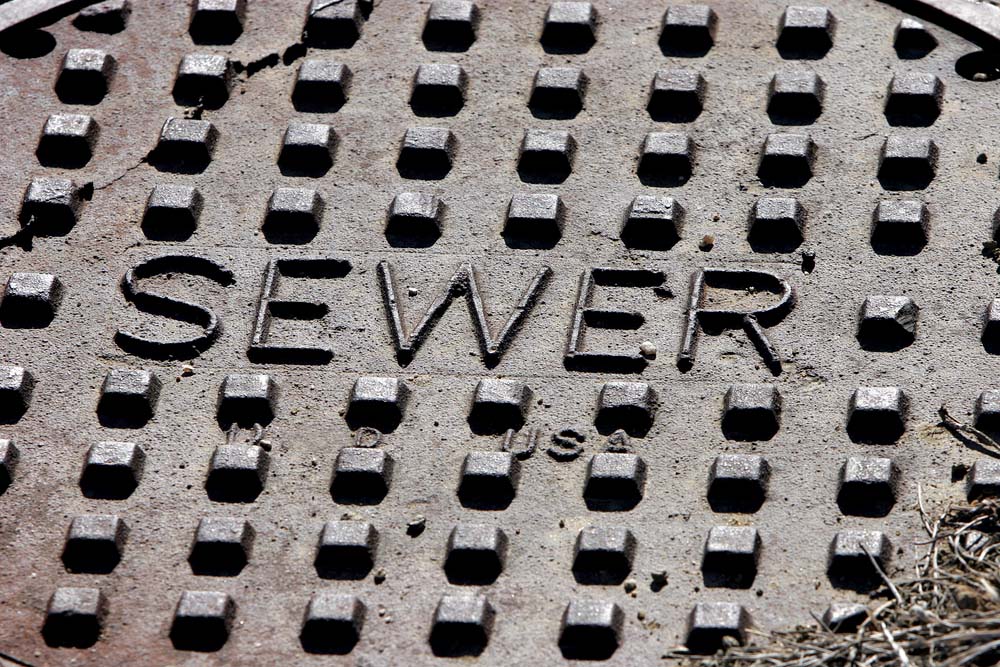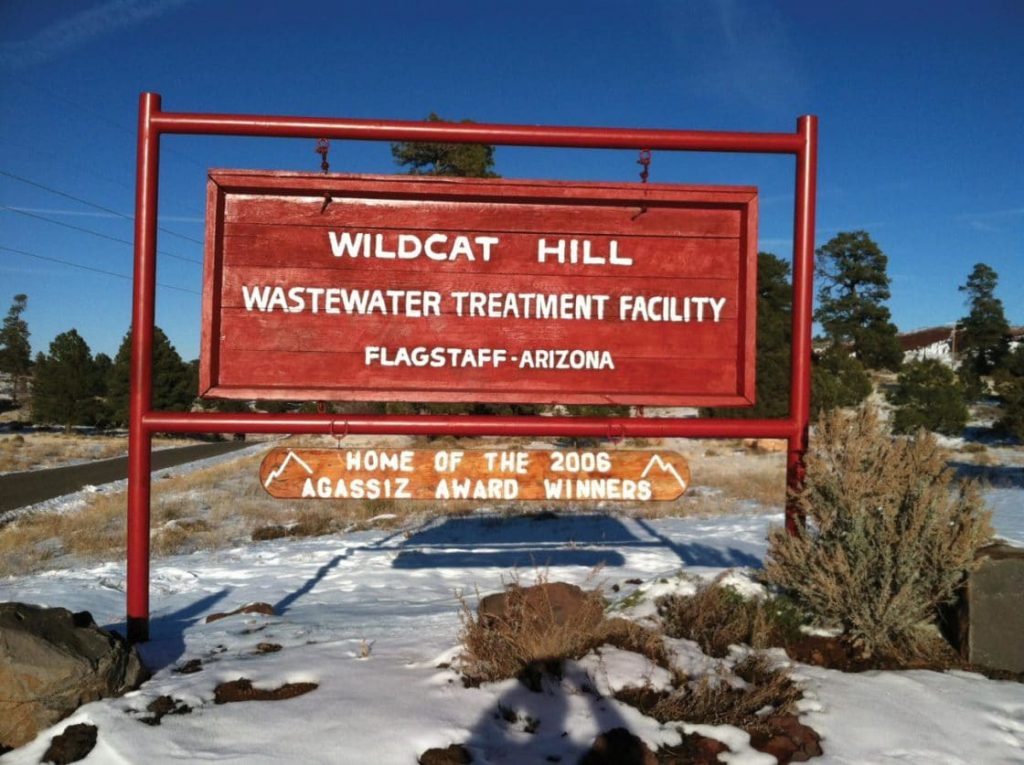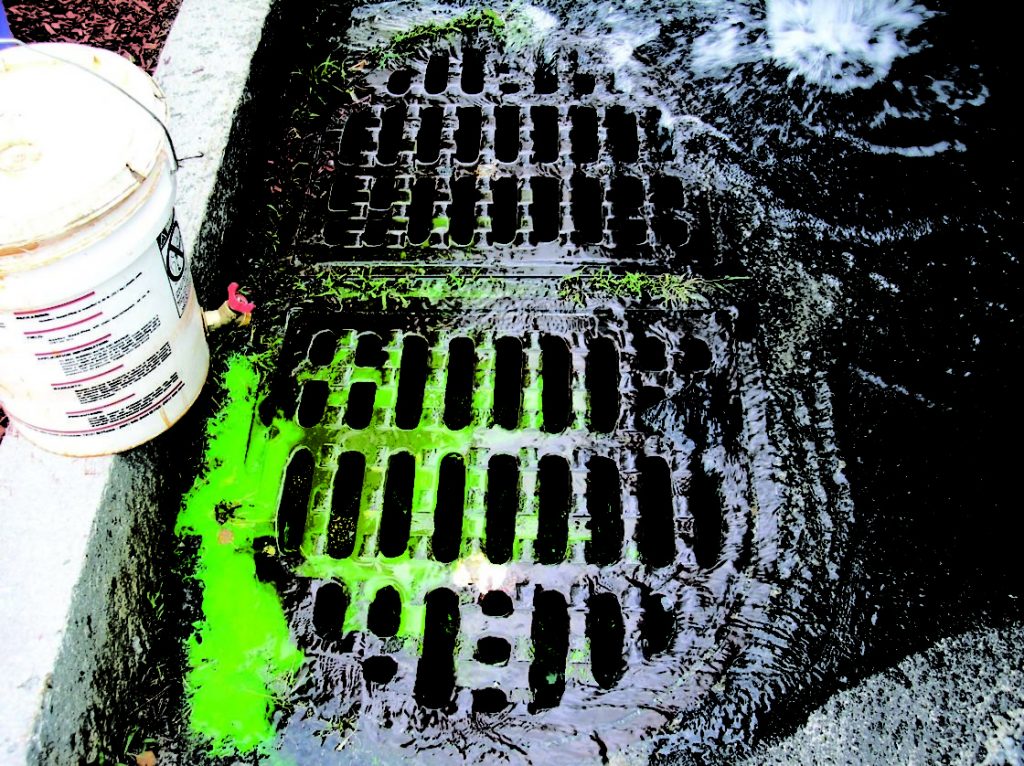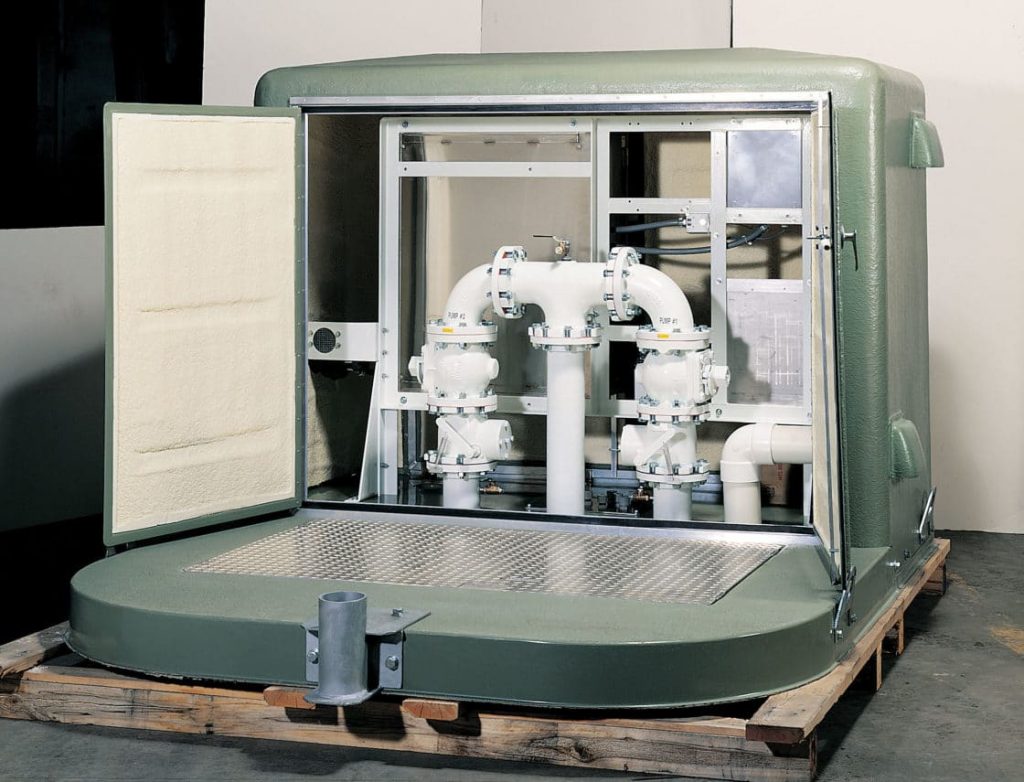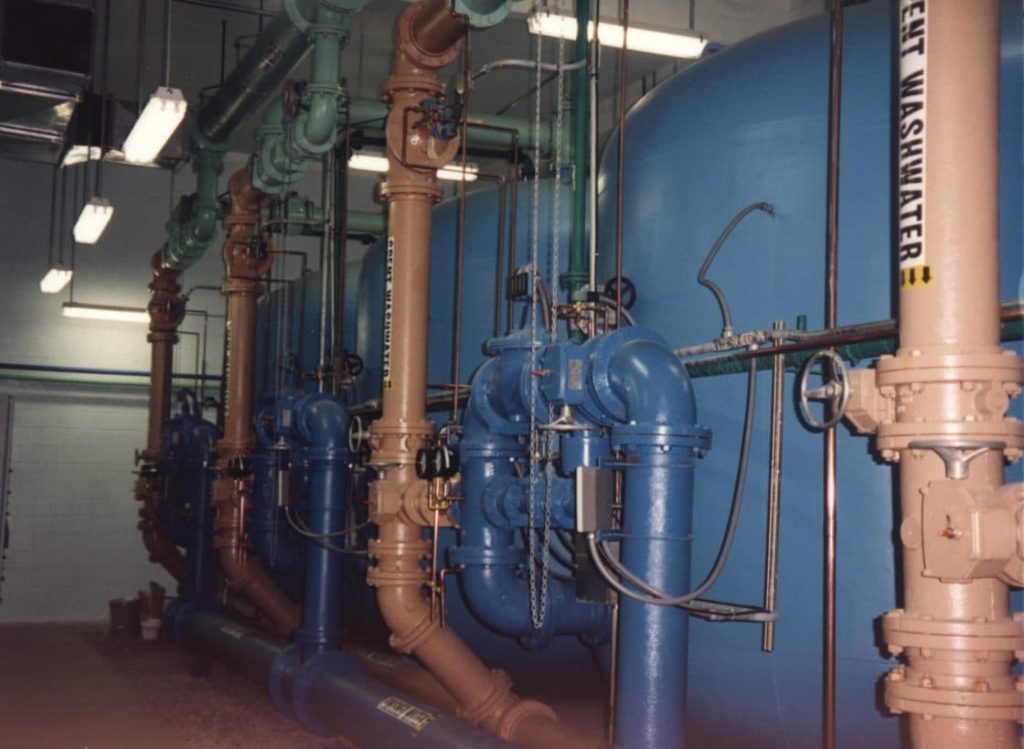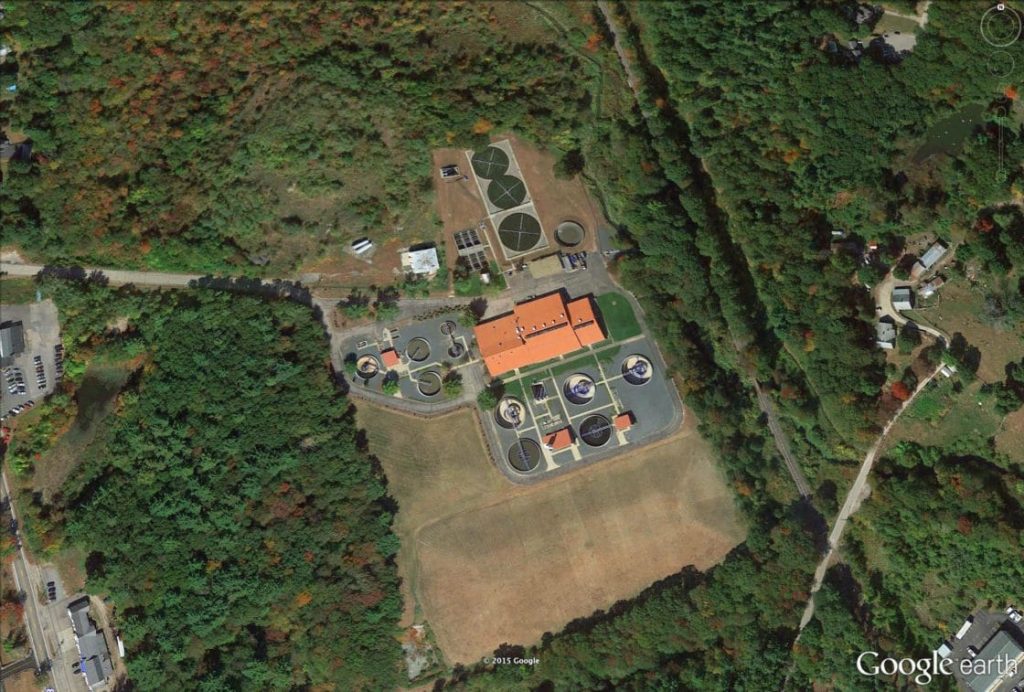
Tata & Howard has been conducting Infiltration/Inflow (I/I) investigations for The Town of Milford, Massachusetts for the past several years within their collection system, which consists of approximately 90 miles of 4-inch diameter to 36-inch diameter gravity sewers and force main, ten pump stations and a 4.3 million gallon per day (MGD) advanced wastewater treatment facility. Throughout the investigations, I/I sources such as broken service connections, broken pipes, cracks, roots, and illegal connections have been identified. The I/I ranged from 144 gallons per day (gpd) to in excess of 400,000 gpd. Based on the results of previous I/I investigations, the Sewer Department was able to remove a direct connection from the street drainage system to the sewer system that resulted in the removal of an estimated 450,000 gpd of extraneous water from the sewer system, therefore regaining 10 percent of available capacity at the treatment facility.
As a result of conducting these I/I investigations, the Town has the ability significantly reduce the amount of extraneous water entering the collection system, as well as free up capacity at the treatment facility. The Town of Milford has also incorporated a 5:1 removal policy within the Town Bylaws, which requires Contractors/Builders to remove 5 gpd of I/I from the system for each gallon of wastewater proposed to be discharged, which minimizes repair costs for the Town and their residents.

